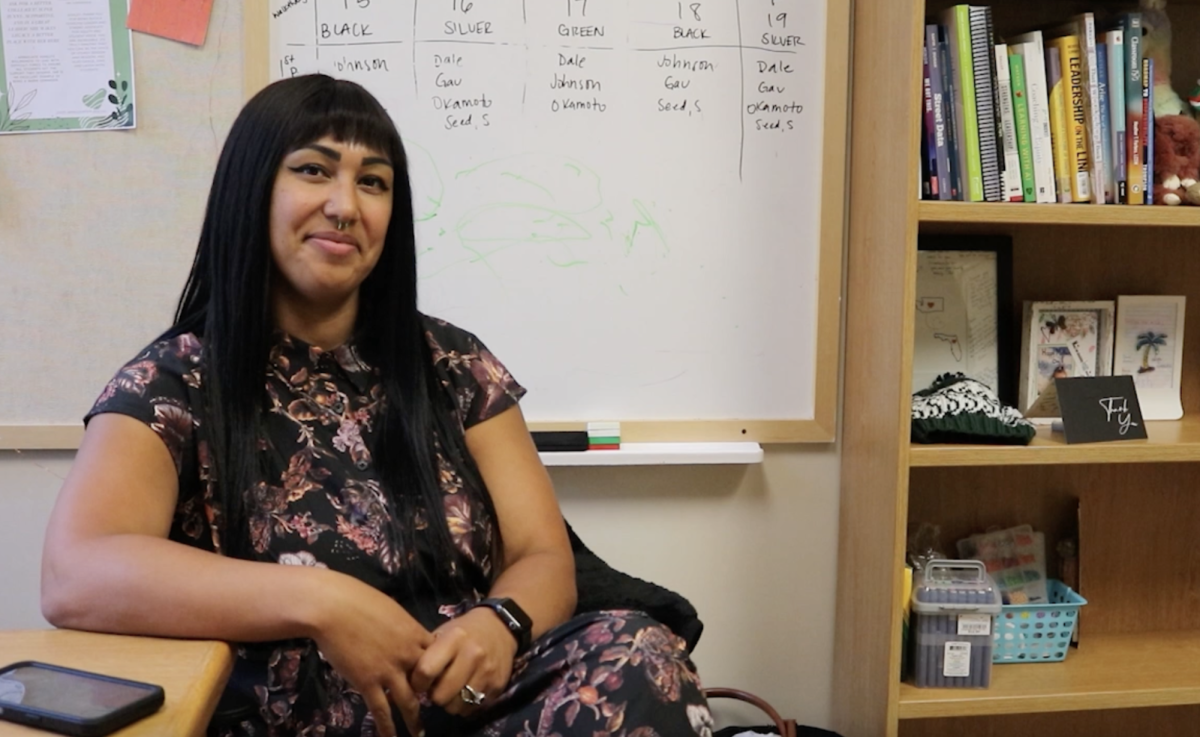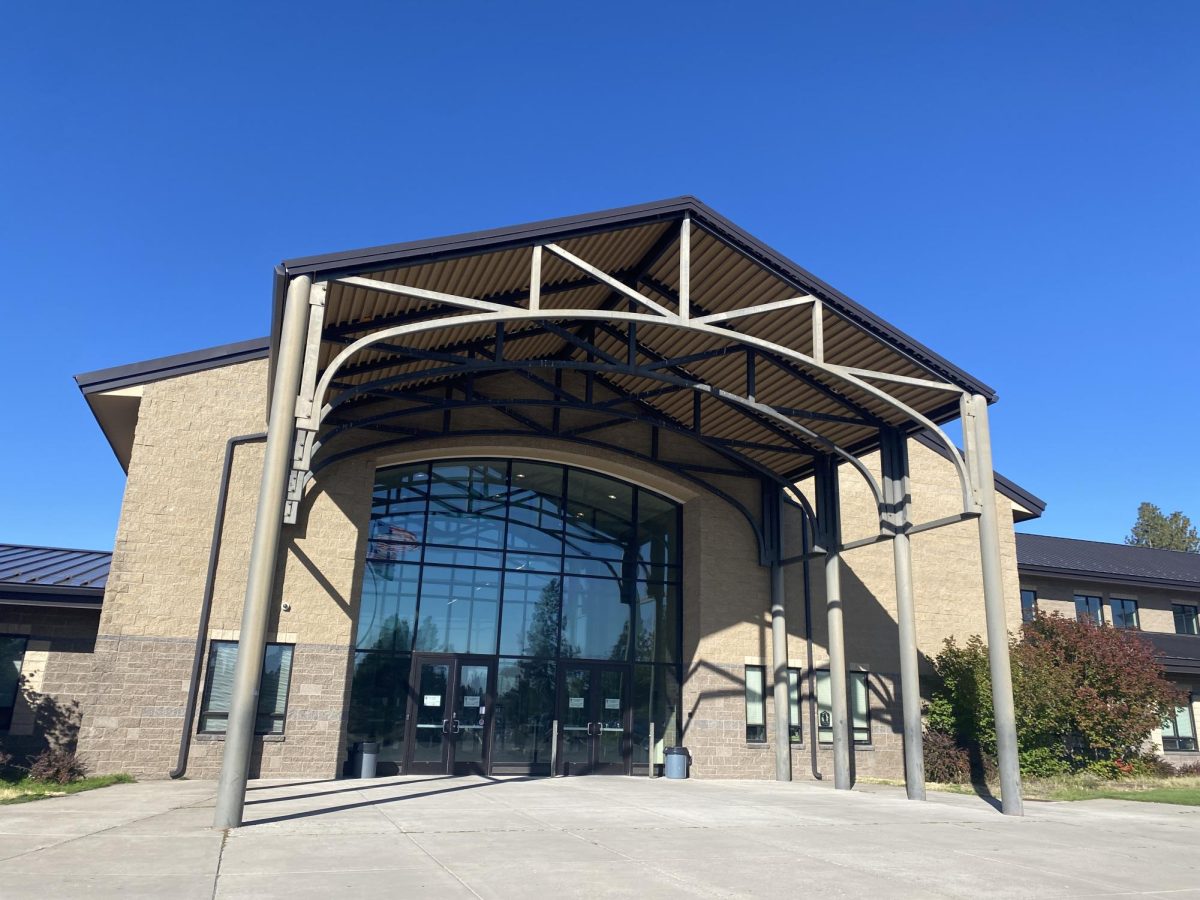Following its long-awaited release on Dec. 31, students and families across the country expressed outrage at the Free Application for Federal Student Aid (FAFSA)’s abundance of issues, largely brought about by its incomplete “soft launch.” Although the form is generally rolled out in October—allowing college applicants ample time to work through the questions before early application deadlines—this year’s version experienced delays due to restructuring.
“The government, legally, had to have this done by Dec. 31.,” said Jeff Rankin, Summit’s Future Center Director. He’s referencing the last-minute release, as the FAFSA was advertised as being released at some point in December. “So they did it by Dec. 31 and if they could have done it by 11:59 p.m. on Dec. 31 they would have.” Rankin also stated that, if the FAFSA had been created by a privately-owned company, the influx of problems wouldn’t have been an issue as everything would have been completed far ahead of the deadline.
The FAFSA, which provides college students with financial aid to attend schools, is integral. Schools across the country use its data to distribute school-based aid and scholarships. Both grant and federal loan amounts are determined by the form, and oftentimes, students base their ultimate attendance decisions on FAFSA-based financial aid offered by schools.
Changes are due to the 2020 FAFSA Simplification Act, aimed at providing federal aid to more students and simplifying the whole process. One major difference: the old FAFSA had up to 108 questions, whereas the new version asks students an average of 36. Still, for those schools who require the FAFSA to be submitted by Jan. 15, students are feeling the pressure to submit it with little turnaround time.
The version released on New Year’s Eve wasn’t actually complete, as it turns out. By rolling it out as a “soft launch,” the Department of Education hoped that users could report issues in real time. Rather than achieving its intended purpose, though, the incomplete form has left users confused and unable to proceed with its questions.
“When my mom tried to make an account, it wouldn’t let her continue to the next page of questions,” said Layla Parker, one of many Summit seniors currently applying for college.
Rankin believes this is due to the website’s high traffic, which the government did not plan for.
“There’s an entire nation of people trying to jump on this program at one time and it’s just like any system that has too many users,” Rankin said, referencing the widespread issues. “Within the next two to three weeks it should be abating, but everyone wants to jump on it now.”
To allow for some leniency, colleges have gradually been extending their FAFSA submission deadlines—the University of Puget Sound pushed its priority submission date from Jan. 15 to Jan. 31, with other schools to follow suit.
So what does this mean for the class of 2024? National Decision Day is May 1, and colleges are generally expected to release final acceptance decisions—along with financial aid awards—by April 1 to grant students ample time to decide where they wish to attend. If the FAFSA continues to exhibit issues like it has, student submissions may be delayed as late as March.
Financial aid packages will be distributed later too, especially for those larger schools with a high volume to respond to. It’s not an ideal situation for anyone, so here’s hoping any persistent problems are resolved and students can apply for federal aid seamlessly.

































Anonymous • Jan 8, 2024 at 5:59 pm
I say we take the board of educations head director and force them to run around in a fenced off penn like a pig while we get to throw small rocks and rotten tomatoes at them.